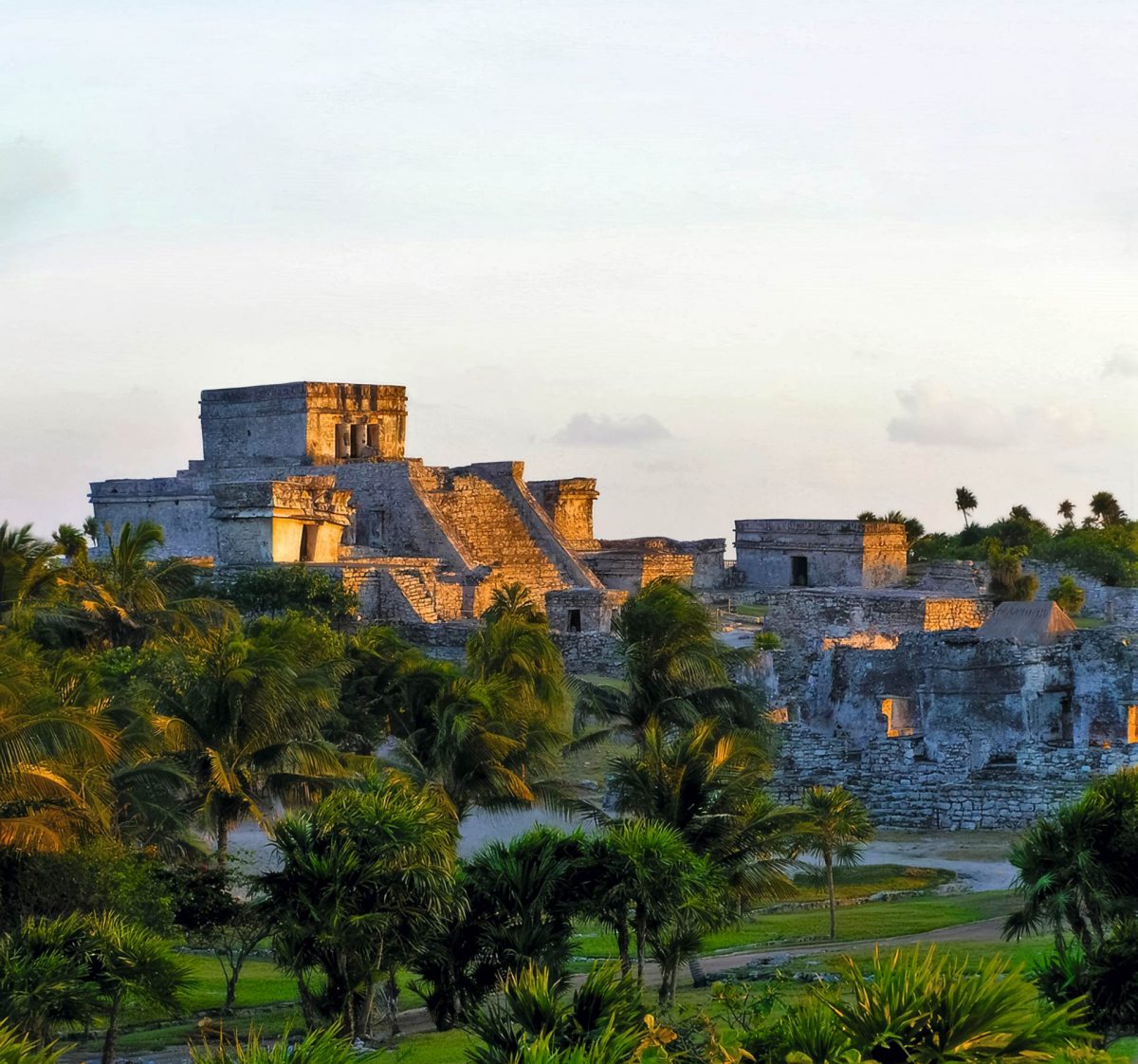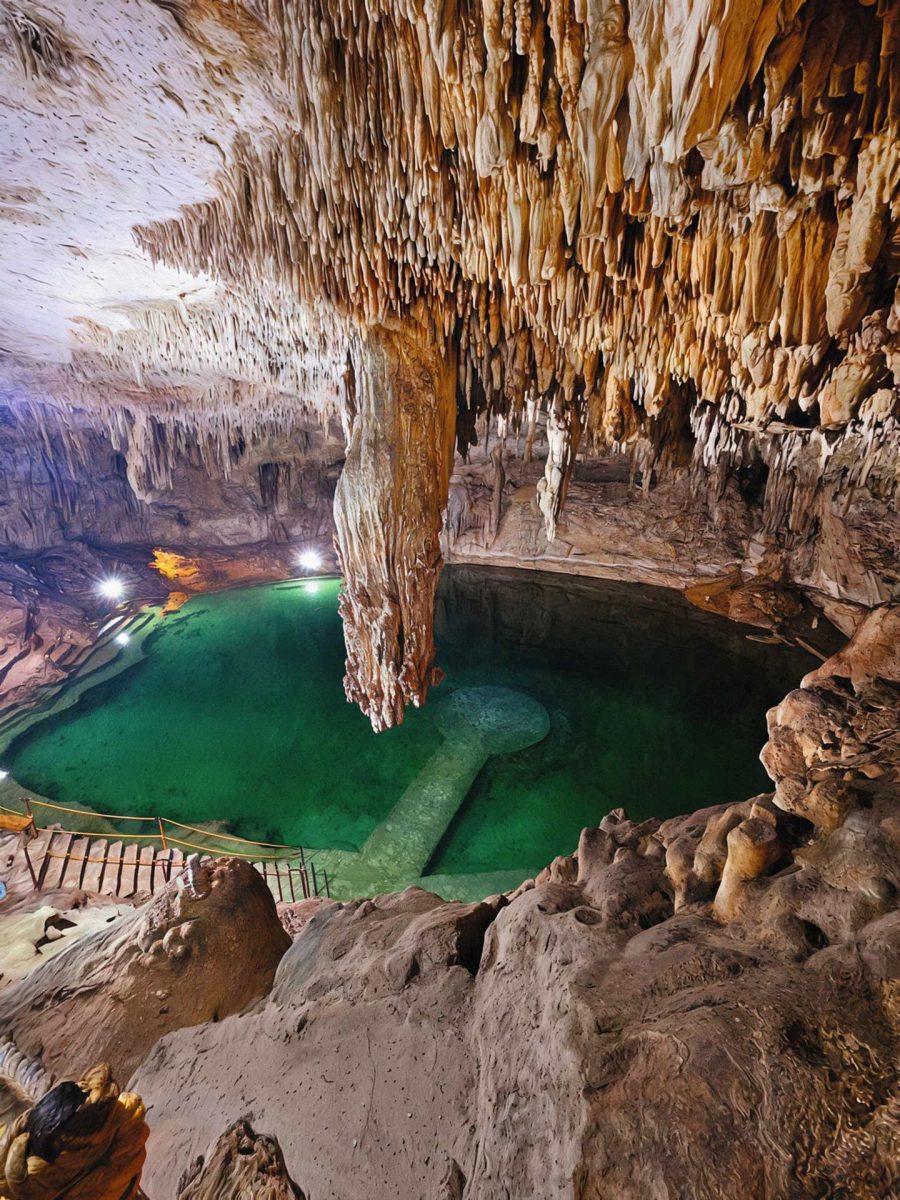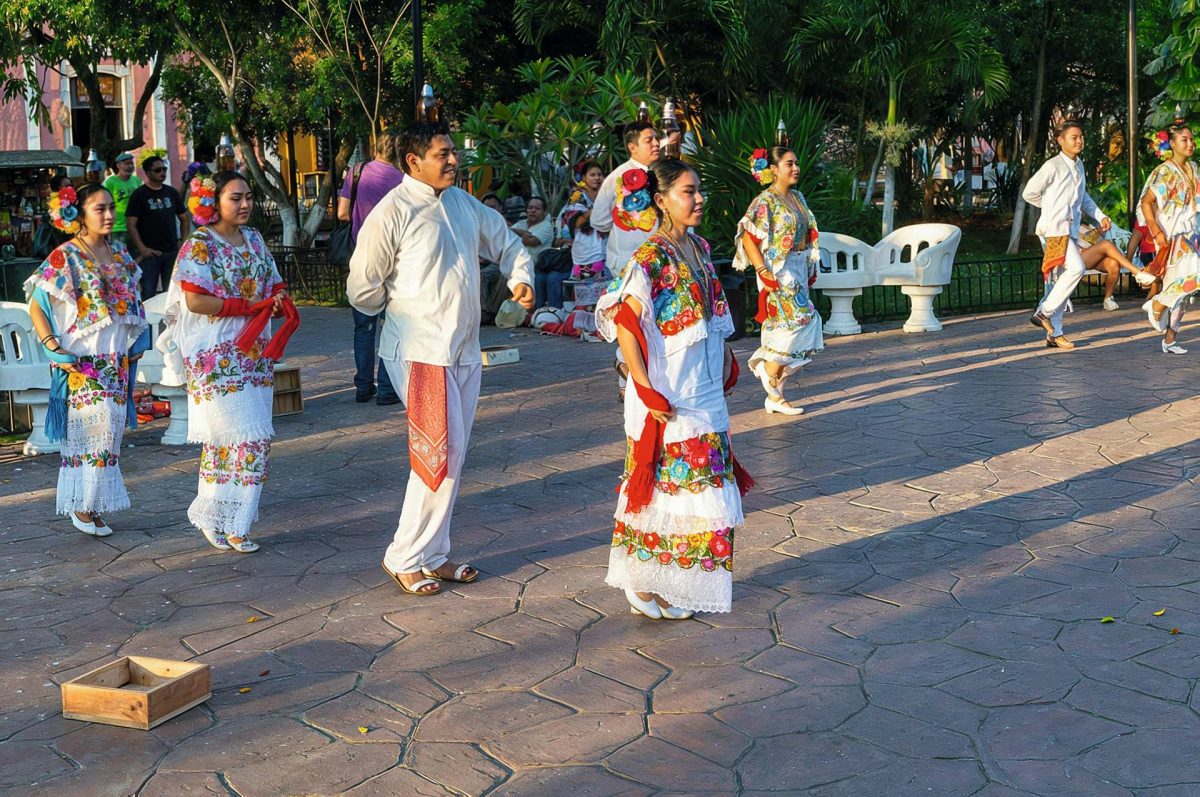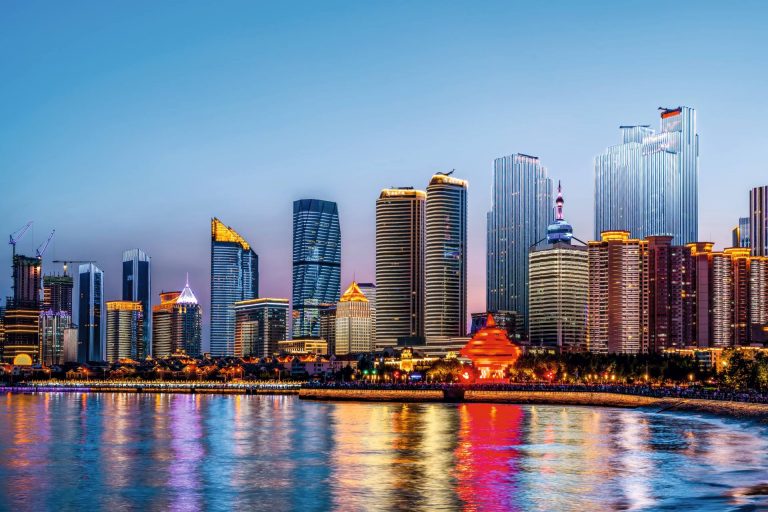One of Mexico’s “Magical Towns,” Valladolid is fascinating not only on its own, but also as a starting point for exploring archaeological sites, cenotes, and Caribbean beaches.
The Yucatán Peninsula is especially interesting from the perspective of the colonial history of Mexico’s states. In pre-Columbian times, this land was home to the flourishing Maya empire, and after the conquest, it grew wealthy from the production of sisal — a fiber extracted from agave leaves, used to make ropes for ships. From the era of wealthy agave plantation owners, Valladolid, founded in 1543, inherited many architectural landmarks.

In most old Mexican cities, the main square sits in front of the cathedral, but Valladolid is an exception: here, a park spreads out instead. Once, there was a square here too, crowned by a Maya pyramid. The conquistadors dismantled the pyramid stone by stone and built the San Servacio Cathedral, which still dominates the city center. The façade of the church, with its twin towers, combines baroque and renaissance styles, while the interior is rather austere. Every evening, except Monday, an audiovisual projection show is staged on the façade, telling the story of Valladolid, its culture, and traditions.
Across the street from San Servacio lies the city park with tall palms and evergreen Yucatecan trees, colorful wooden carts selling souvenirs and sweets, vendors in short-brimmed sombreros, and women in traditional white blouses embroidered with bright floral patterns. The park is named after General Francisco Cantón Rosado, who founded it in 1900 and even paid for its fence out of his own pocket. At its center stands the La Mestiza fountain, depicting a Yucatecan woman in the traditional terno dress — a work by sculptor Manuel Cachón Sima that symbolizes the blending of Maya and Spanish cultures. Small double benches, placed face-to-face in a checkerboard pattern, are commonly referred to as “kissing benches.”

The Municipal Palace next to the park was built in the 16th century as a replica of the Royal Palace in Santo Domingo, the capital of the Dominican Republic. The building houses the city administration, but it’s worth visiting for the art gallery on the second floor, where paintings by Yucatecan artist Manuel Lizama depict key moments in the city’s history.
Another landmark worth seeing is the San Bernardino de Siena convent, one of the main Franciscan strongholds of the New World. Built in 1560, it includes not only the main complex but also several chapels and a garden, beneath which lies a cenote — a natural limestone well filled with fresh water. Inside the convent, a museum displays frescoes and other works of art dating back to the 16th century.

To learn more about the history of the city and the state of Yucatán, visit the San Roque Museum, housed in the former church of the same name, which at various times also served as a hospital and even a power plant. Its four exhibition halls preserve archaeological artifacts, archival documents, and traditional handicrafts.
Art lovers will appreciate the private Casa de los Venados gallery. Its name translates from Spanish as “House of the Deer,” but in fact it is a play on the surname of the owner, American John Venator. The former chairman of a large retail company, upon retirement, bought an old building in Valladolid, restored it, and opened his personal art collection, which he had been assembling for 35 years.

One of the peninsula’s greatest natural treasures are the cenotes — natural wells filled with fresh water from underground springs. Many of them, both cave cenotes and open ones, are equipped for swimming. One such cenote, Zací, is located in the center of Valladolid, while two others — Suytun and Ka’ape — are just a 15-minute drive from the city. The water in the cenotes is crystal clear and always cool, surrounded by lush tropical greenery — a perfect escape from the heat.

From Valladolid, you can reach two of the most important Maya archaeological sites: Chichén Itzá in 45 minutes and Tulum in about an hour and a half. The ancient city of Chichén Itzá, a UNESCO World Heritage Site that flourished in the 8th–9th centuries, is famous for the nine-tiered Pyramid of Kukulkán, whose symbolism is closely tied to the Maya calendar and the movement of celestial bodies.

Tulum, once the main Maya stronghold on the Caribbean coast in neighboring Quintana Roo, is now known as a chic seaside resort with eco-styled designer hotels. This winter, from December 31 to January 9, Tulum will host the famous Zamna Music Festival, featuring performances by David Guetta, Adriatique, and DJ Francis Mercier, along with ANTS, No Art, and Keinemusik parties.
Photo: Vostock Photo


